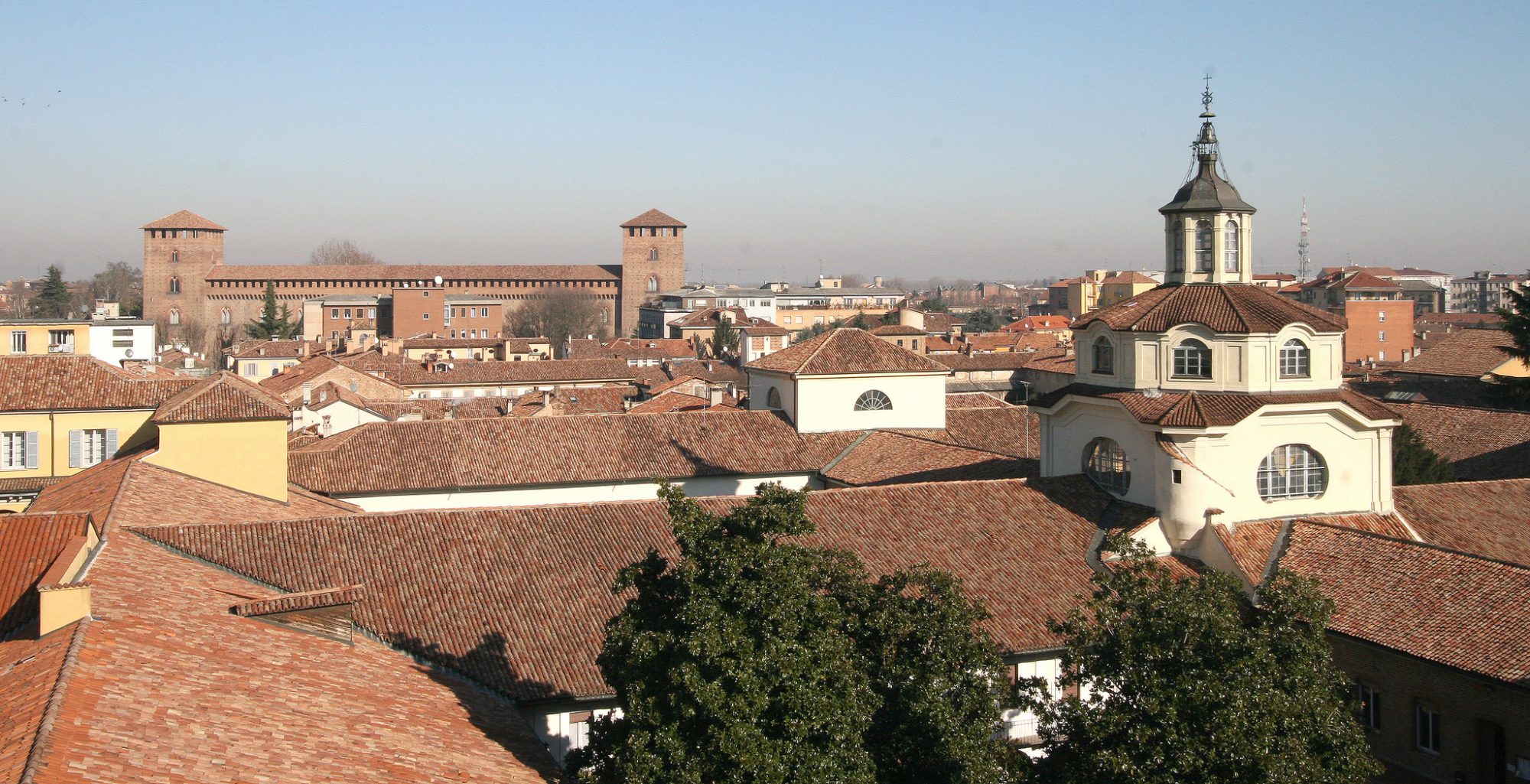Quality check
PAD has developed a system for quality control and management of the phases of planning, development and maintenance of activities. The system is responsible for monitoring the most important areas of work and is constantly checked by software. The software establishes relationships between the data entered manually by the operators and those sent automatically by the programs that control the archives, reporting to the system administrator possible anomalies and attempts at tampering.
Conferment
PAD acquires collections going directly to the author and transferring the files in a hard disk with hardware encryption. The author fills out an informational questionnaire, which helps PAD to understand the material’s type and origin and the ways in which the files were archived. The author is asked to also give some information about his relationship with the computer and the network, in order to gather a sample of answers and monitor the writing’s evolution in connection with new technologies.
In the event that the author wants to expand his PAD fund, the archive will be updated with a system that maintains the previous structures and data and accepts separately, even with interconnections, the directories and files provided in successive moments.
When the encrypted hard disk arrives at the University of Pavia, the data are copied into a temporary protected storage that ensures Disaster Recovery. Here the data are preserved without treatment to guarantee the integrity of the archive in case of faults. The author can request a backup at any time in case of loss of data stored on his personal computer.
Each author decides what to confer: the more the donation is large and the copy made by PAD faithful to the original situation, the more you can use and interpret the collected materials.
The archives provided can be of four types:
- the collection coincides with the author’s archive
- the collection partially coincides with the author’s archive: the structure is unchanged, but some materials have been eliminated
- the collection coincides minimally with the author’s archive: it changes both in the directory structure and in the number of files
- the author has selected some files and eventually inserted them into one or more folders, created specifically for conferment.
In the first case, PAD transfers the files’s copy and directories as they are on the source computer. In the second and third cases, PAD asks the author, if he wishes, to add some general information about the original structure of his archive. In the fourth case, PAD considers the files as autonomous materials and doesn’t keep track of the original archive’s structure.
A copy of the data is transferred to a control store, where the hidden files and folders, which may have been automatically generated by the computer and contain instructions for operating systems and programs, are deleted. PAD starts from the principle that hidden files and folders can contain sensitive data unknowingly given. Anti-virus scan is activated and in case of problems, PAD warns the author promptly, offering assistance if necessary. In the PAD archive, viruses are quarantined; they are deleted (but reported in the documentation) if they irremediably compromise a document: in this case, the procedures are activated to try to save the file’s contents with conversions in different formats. SHA-1 algorithms are used, which will remain forever associated with the individual files and the entire background. Each archive is encrypted and is accessible in read-only mode: it can not therefore be modified.
The program generates a list of the files provided, which is sent to the author for a validation. In case of change of mind the author can decide to delete a file or a group of files. If the archive has a large number of documents, or if it contains numerous compressed folders, the author may indeed have given some materials unknowingly. With the validation of the document the procedures of storage and archiving start. The author gives PAD indications on the treatment of materials: through the contract indicates the methods of consultation; if some files have particularly delicate contents, the author can decide to block them even temporarily from the consultation.

